Covering about a 160km span along the border of the Małopolska and Upper Silesia provinces leading north west from Kraków to Częstochowa, the appropriately titled 'Kraków-Częstochowa Jura Upland' is a stunningly dramatic and diverse expanse of standing limestone rocks, karst formations, cliffs, castles, valleys, streams and caves.
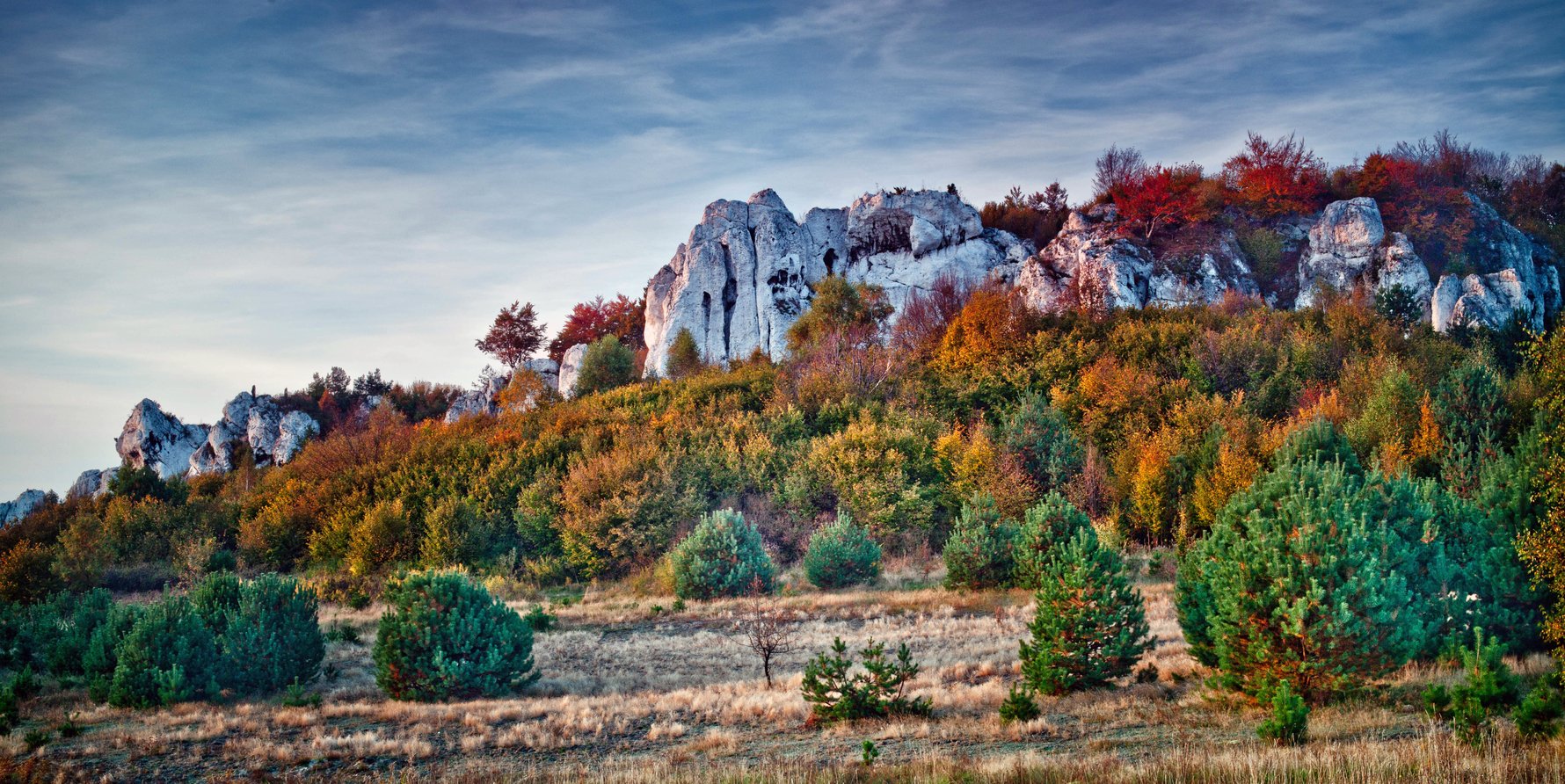
Treasured by botanists, geologists, zoologists, sportsmen and tourists alike, the Jura Upland is recognised as one of Poland’s most precious natural areas and protected as such – with eight official parks constituting an incredible 93,984 hectares, it’s the largest protected region in Poland. That’s a sizeable chunk of the map, and though the myriad of attractions - including numerous medieval fortifications and sanctuaries - may produce a nauseating optical effect on anyone looking to plan a route, fret not, we've largely done the work for you. Before giving you our hit list of the highlights, let's take a look at what makes the region special.
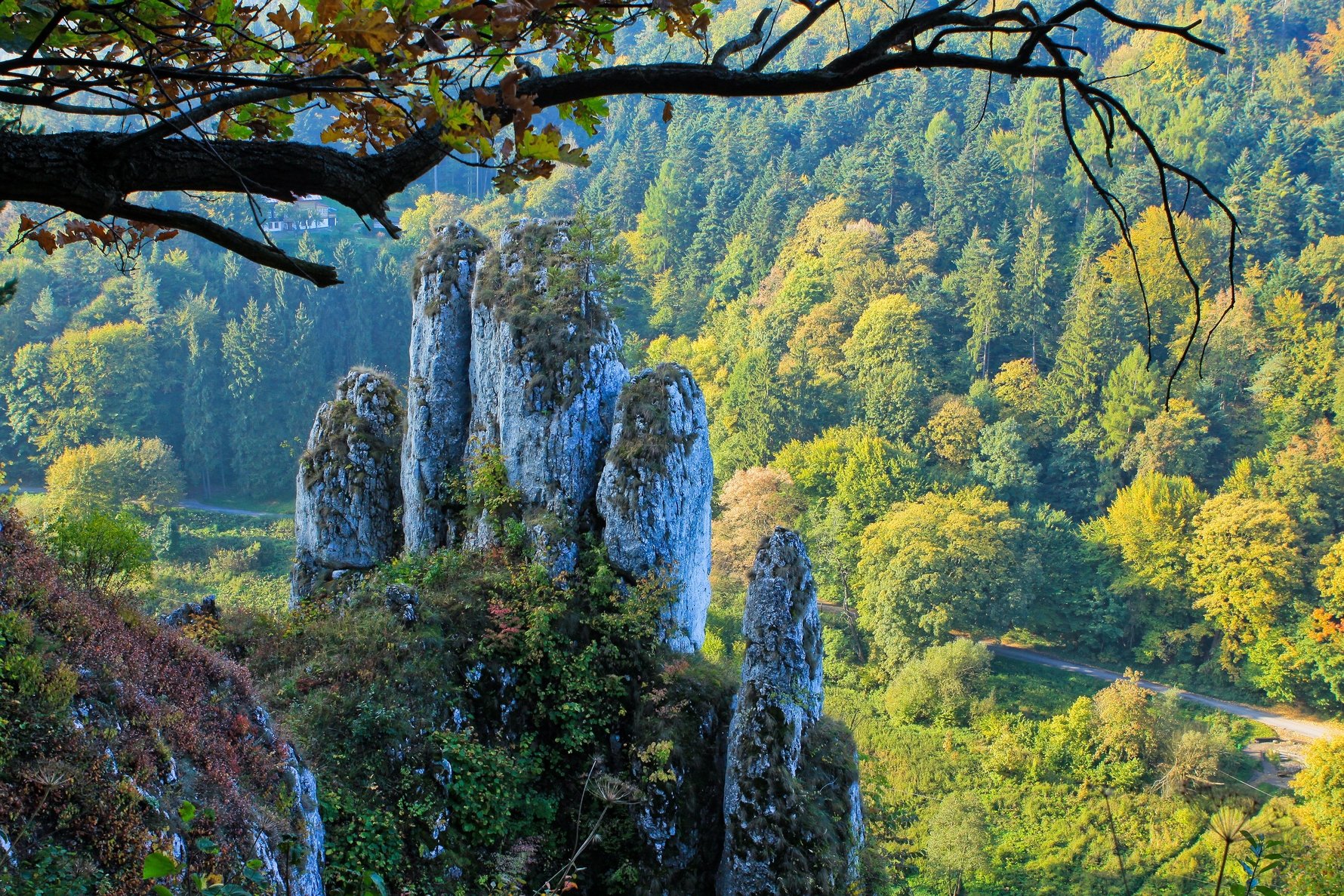
Word(s) of the Day
Commonly known as the Jura – or ‘Jurassic’ in English – the term aptly describes the terrain not only geologically but aesthetically. Literally prehistoric limestone formations known as ‘inselbergs’ give the topography a wild ruggedness that would serve well for the next Hollywood ‘Land of the Lost’ remake. For those lacking geology degrees, an inselberg is an isolated rock outcropping, promontory or small bald mountain resistant to erosion; the word comes from the combination of the German words for island (Insel) and mountain (Berg), and though uncommon, is fairly rudimentary compared to ‘monadnock’ – the American Indian word used for this topographical phenomena in the US. Though limestone is actually extremely susceptible to erosion, the plethora of iconic inselbergs in the Jura were hardened by volcanic processes, thereby preserved as the surrounding stone disappeared over centuries of climate change, resulting in the ragged wilderness of ancient standing stone formations that characterise the region today. Rising 300-515 metres in altitude above the surrounding hills and valleys, Jura’s beautiful and mysterious inselbergs provide fantastic views and photo opportunities, as well as being a popular playground for rock climbers. Due to the frequency of fissures, sinkholes and underground streams created by the irregular erosion of the terrain, the Jura is also home to over 900 caves (and the 19 adorable bat species that hibernate inside them).The 'Eagle Nest' Castles of the Jura Upland

Further dramatising the landscape are a chain of castles built upon the region’s largest Jurassic limestone formations. Known as ‘Orle Gniazda’ (Eagles’ Nests), many of these fallen fortifications so closely resemble the rocks they were built from and built upon that it’s difficult to discern on first glance which monuments are man-made and which are natural. Totalling 25 across the Jura, the majority of these picturesque medieval strongholds date back to the 14th century when King Kazimierz the Great (1333-1370) set about creating a line of defence along what was then Poland’s western border. With Silesia being a part of Bohemia at the time and Kraków – the capital city - having been the focus of a raid by Bohemian king John of Luxembourg in 1345, the powerful aristocratic families of Poland aided the king in fortifying the region and into their hands the castles and surrounding lands were later passed. Through expansion and renovation many of them became stately manor homes of extreme decadence updated in Renaissance, Baroque and Gothic styles over the centuries that followed.
The excess would prove fatal, however, with the Swedes swooping in and putting on a clinic in castle conquering during their devastating 17th century invasion. Sadly, subsequent partitions of Poland would ensure that they never returned to splendour and, with the exception of only a few - namely Pieskowa Skała (in Ojców) and Jasna Góra (in Częstochowa) – the Eagles Nests fell into ruin. Today their derelict remains are the primary attractions of the Jura.
Hiking, Cycling & Climbing Along the Eagles' Nest Trail
In the 1920s the ‘Szlak Orlich Gniazd’ (Eagles Nest Trail) was developed, drawing a line between the castles in a 163km recreational trail running from Kraków to Częstochowa. The first of its kind in Poland, today Szlak Orlich Gniazd is still rated the number one hiking trail in the country and has since inspired the development of over a dozen similar Jura trails which deviate from it slightly to take in different vistas, viewpoints and attractions along the way. In addition to routes designed for rock climbers and spelunkers, specific cycling and horseback riding trails have also been developed.
Szlak Orlich Gniazd and its twin trails are also an important pilgrimage route. Czestochowa’s Jasna Góra monastic complex is the most important pilgrimage site in Poland and the third largest Catholic pilgrimage site in the world. Connecting Poland’s cultural and spiritual capitals, thousands of people hike through the Jura annually to pay tribute to Jasna Góra’s miraculous icon the Black Madonna.
Visit the Jura's official website to find a full list of routes tailored for different interests, skill levels and modes of transport.
Top Day Trip Destinations in the Jura Upland
For those who only have time for a day trip from Kraków, here are the top attractions along the trail; a more complete list of individual sites can be found at the bottom of this article. Follow the links for more info.Ojców National Park
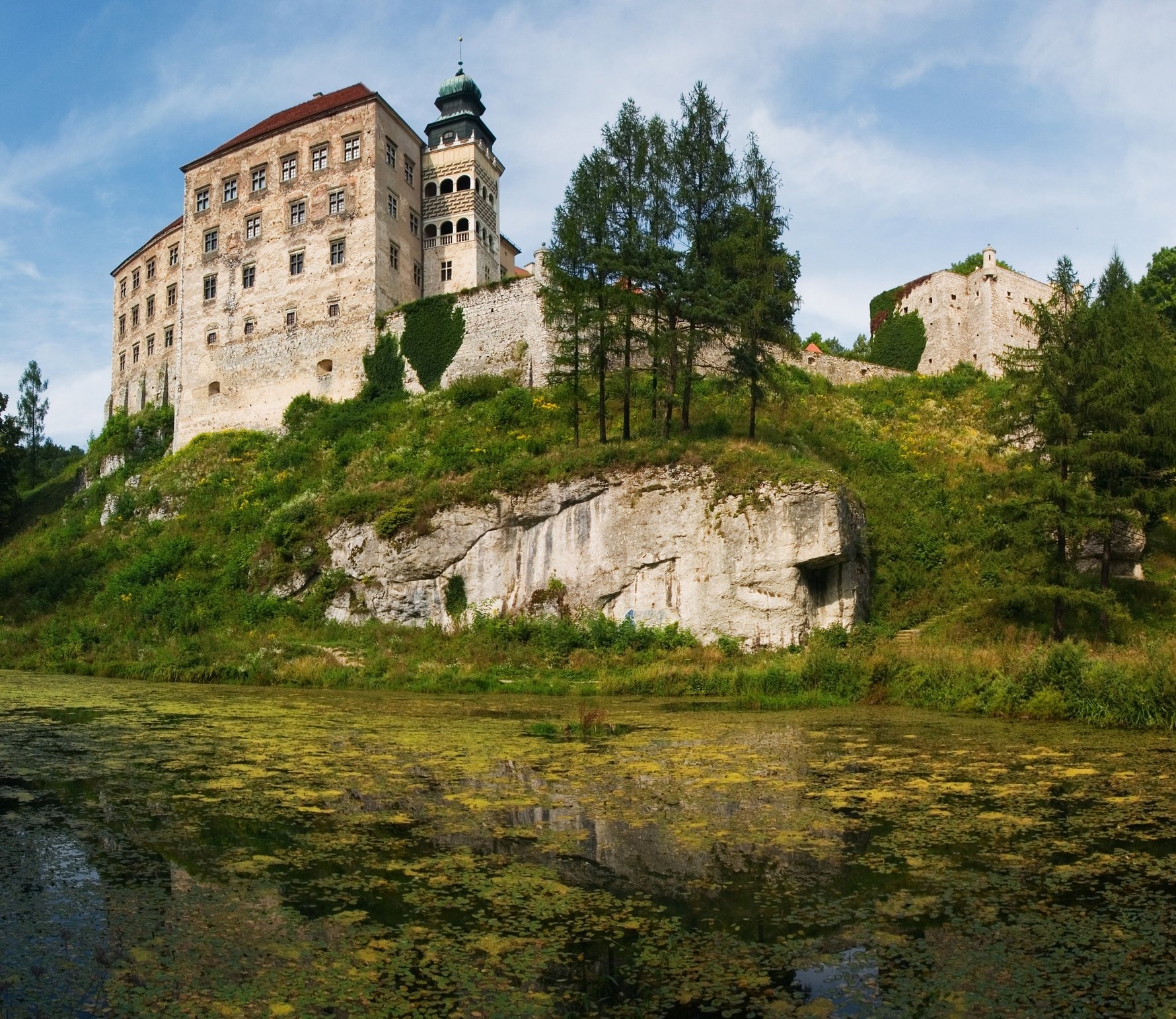
Essentially a microcosm of the main characteristics of the Jura Upland, this dramatic valley features beautiful limestone cliffs, two castles, several caves you can visit, and plenty more. Cap your visit with a mouthwatering meal of fresh fish from the local trout farm.
Ogrodzieniec Castle
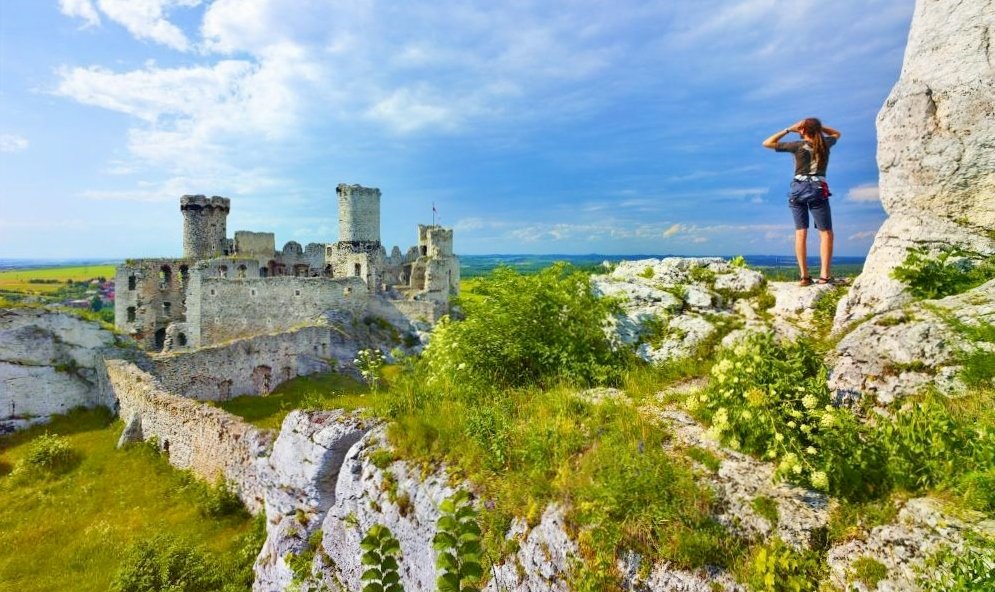
Bobolice & Mirów Castles
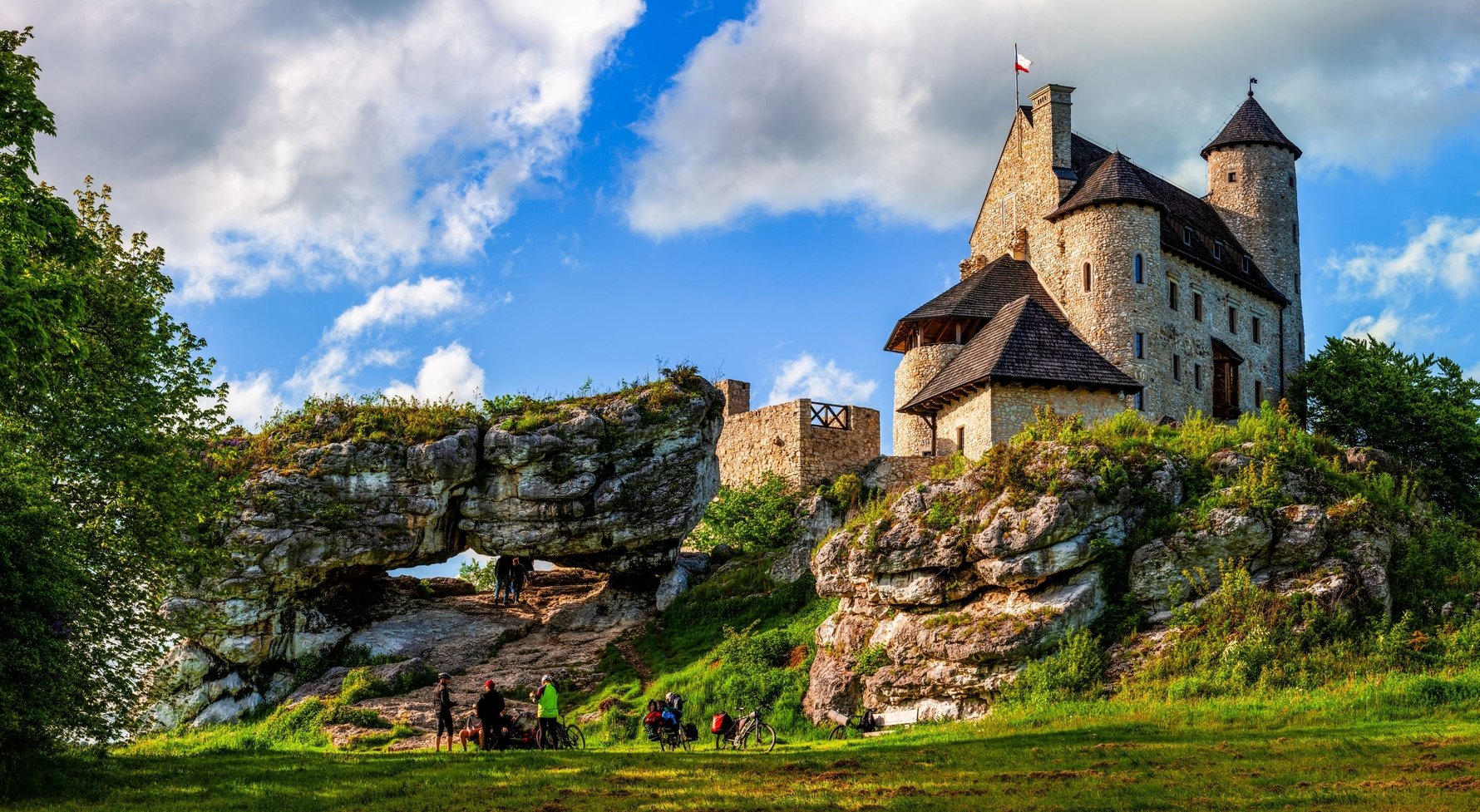
Practical Info & Getting to the Jura Upland
English language information, brochures and maps of the Jura Upland are available in most Kraków tourist information offices, though you may have to ask specifically for it. Vetted companies that can specifically help you chase your Jura dreams include Jura tour company (it's right there in the name!), the Kraków PTTK office and Cracow City Tours.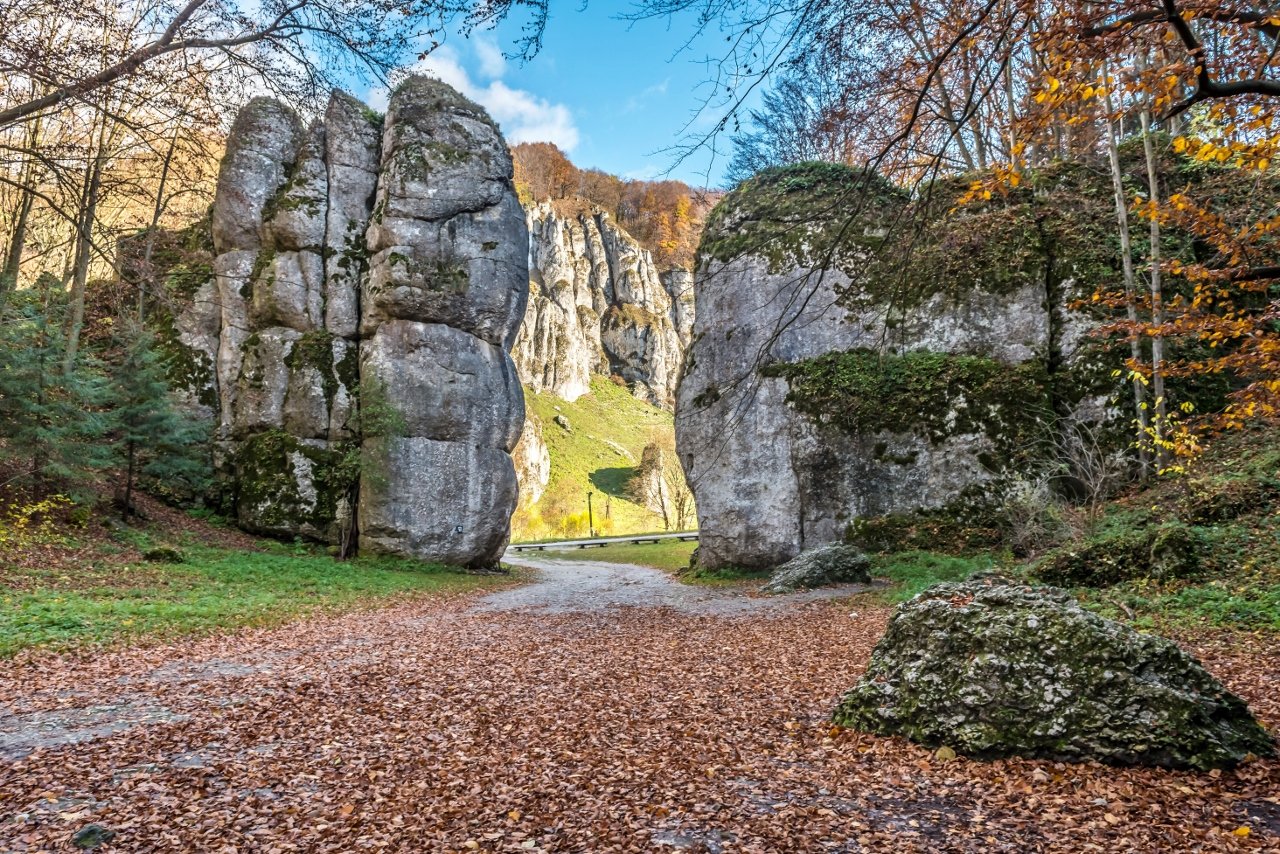
The best way to explore the Jura is most certainly by car, and savvy map-wielding motorists should have little trouble finding the sites we’ve listed below here. If you’re bound by bus, the accessibility of some sights may be limited. Major towns and attractions can be reached from Kraków’s main bus station; however the frequency of trips will be limited; check the journey planning website e-podroznik.pl to figure out how to get to the destination of your choice.
For cyclists, a clearly-marked 190km bike trail connects Kraków and Częstochowa, taking in many castles, picturesque vistas, and a variety of terrain - including public roads (52%), paved bike paths (18%), gravel trails and dirt trails. A mountain or trekking bike is recommended, as well as a certain level of fitness, due to the frequently changing elevations. We recommend taking a train to the Częśtochowa train station, and beginning there, though the less ambitious cyclists can also start from the Olkusz station, which is only 500m from the trail, and essentially just do the last 30% of the route.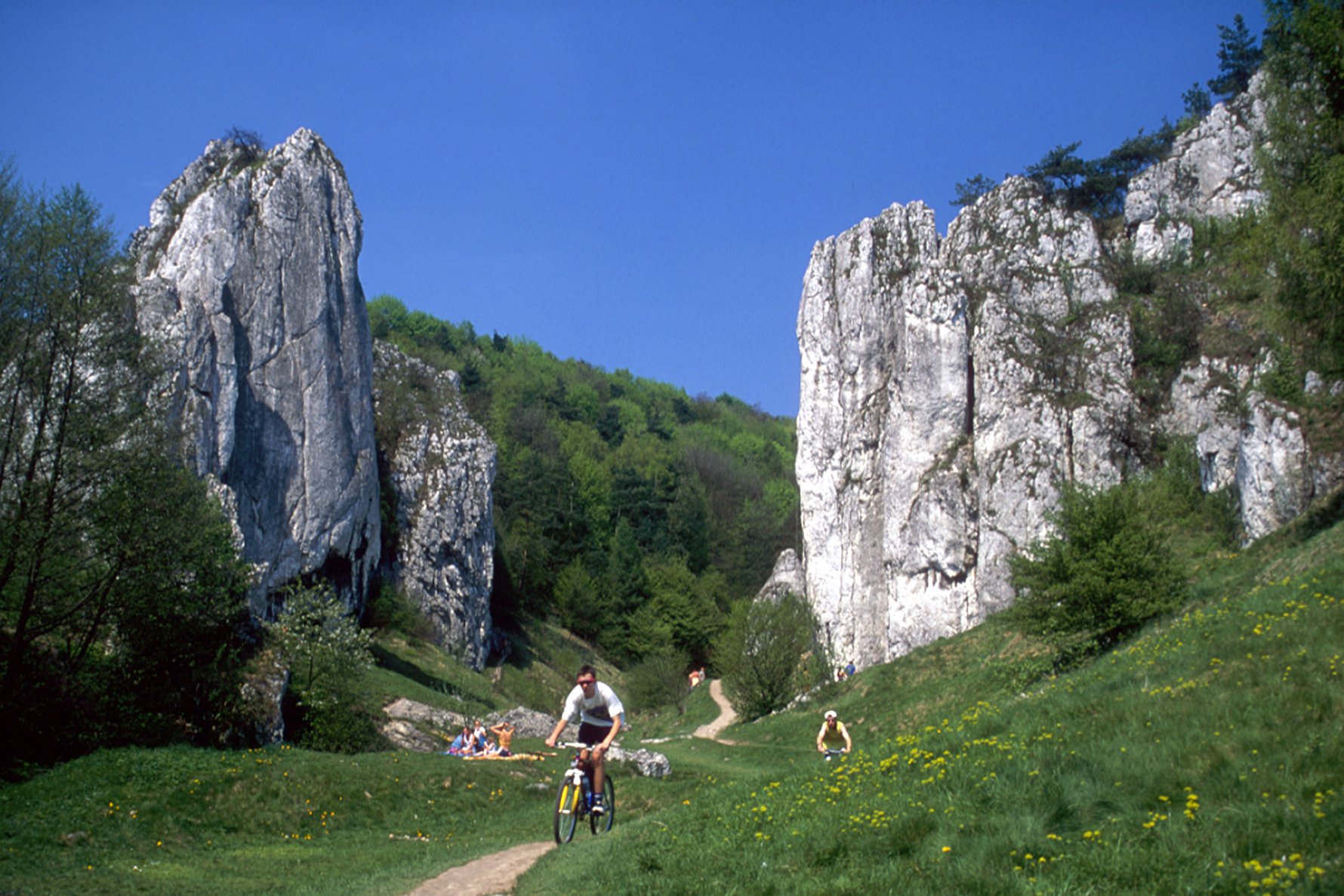


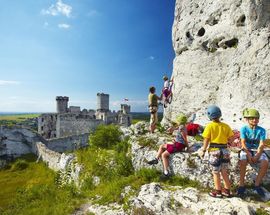
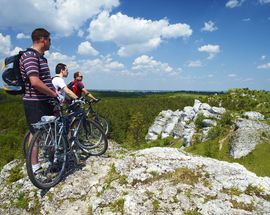
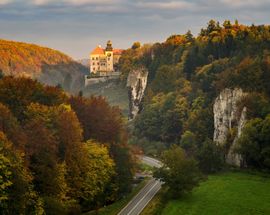
_m.jpg)
_m.jpg)
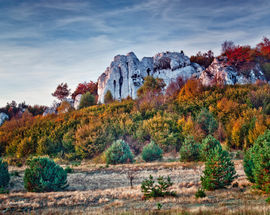
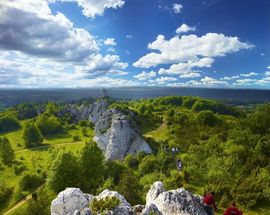
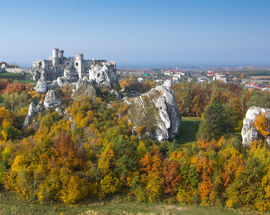
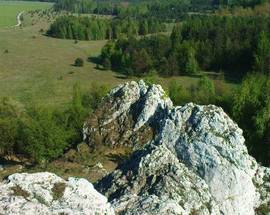
_m.jpg)
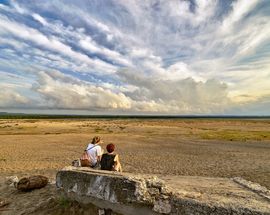
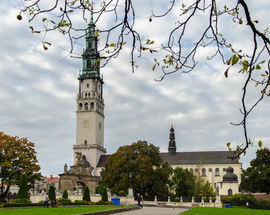
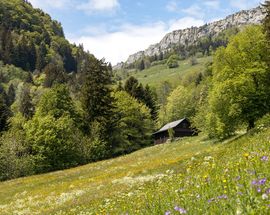
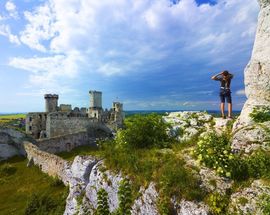
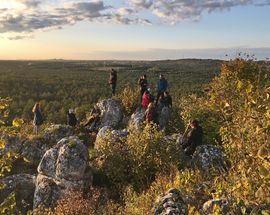
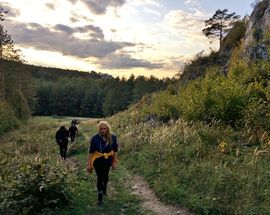
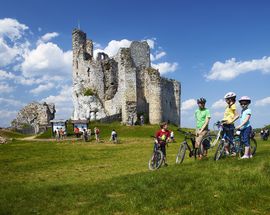
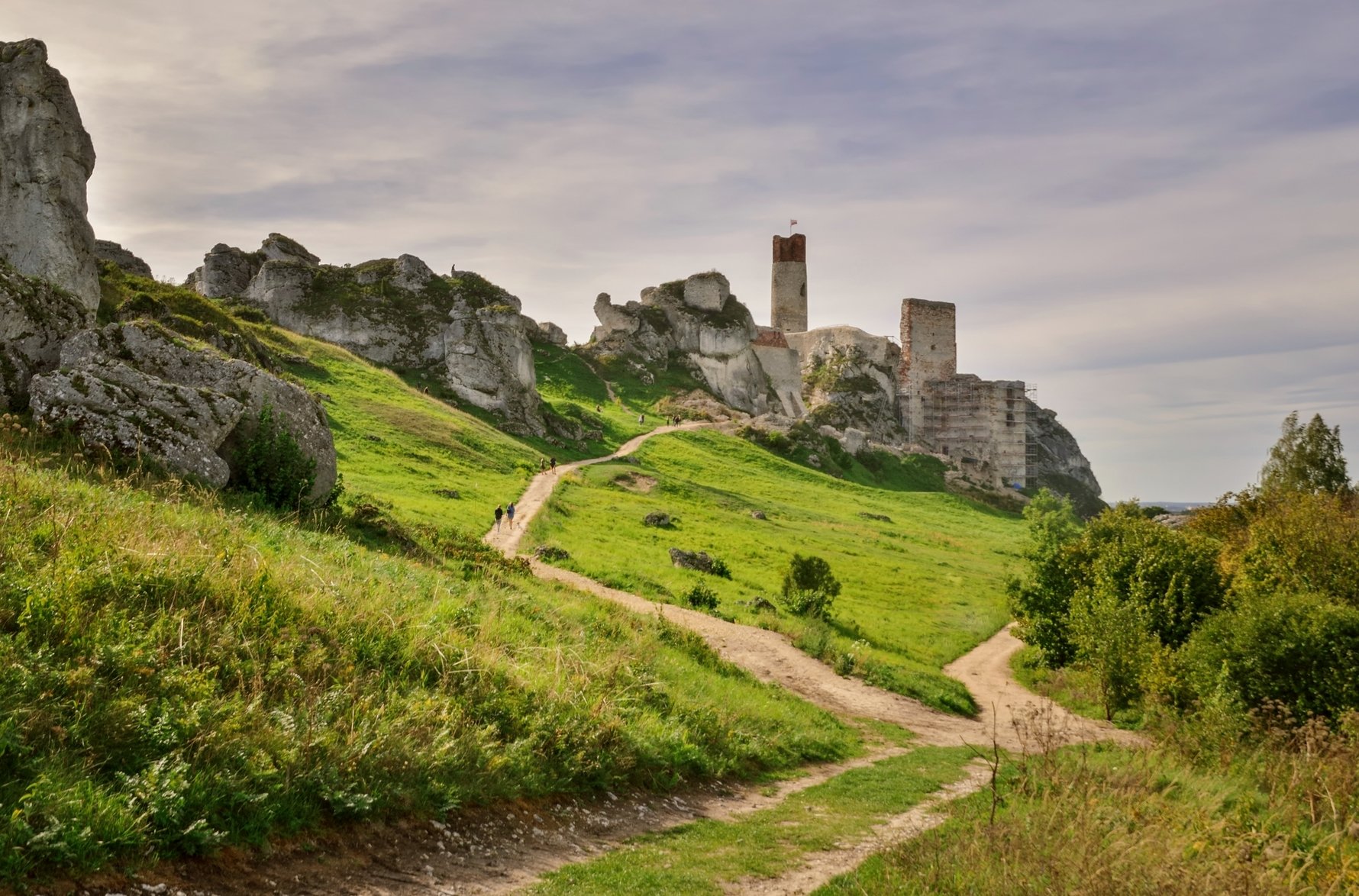
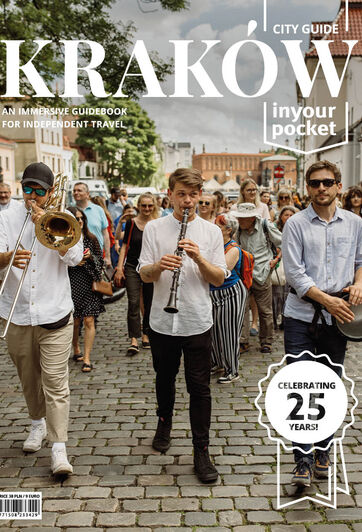
Comments